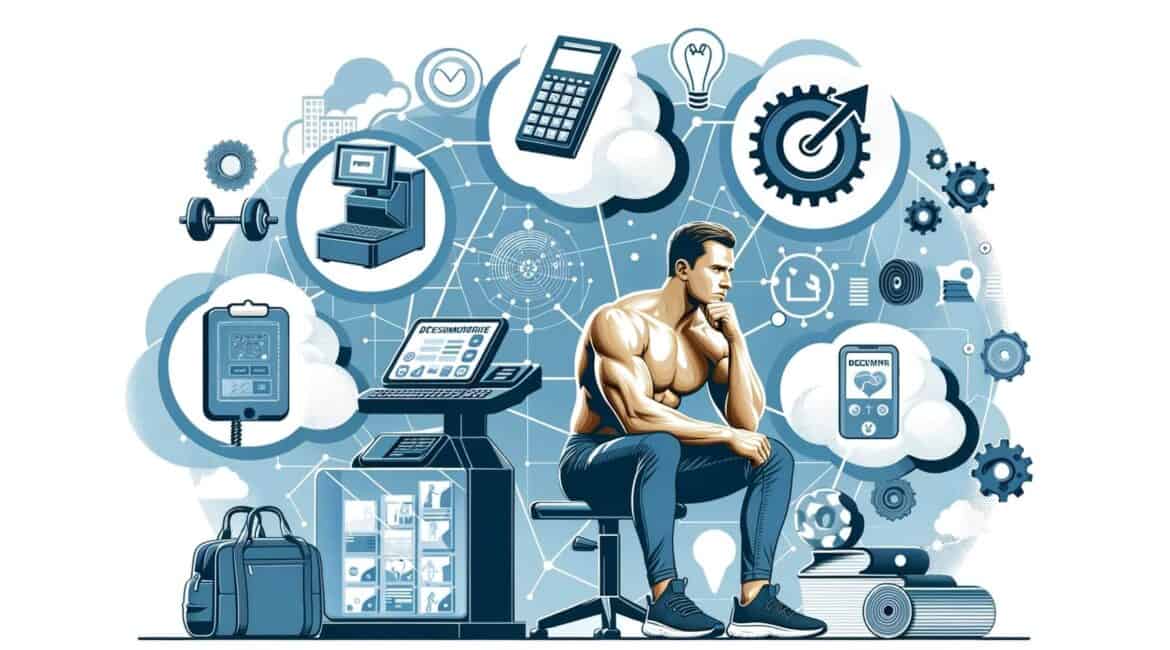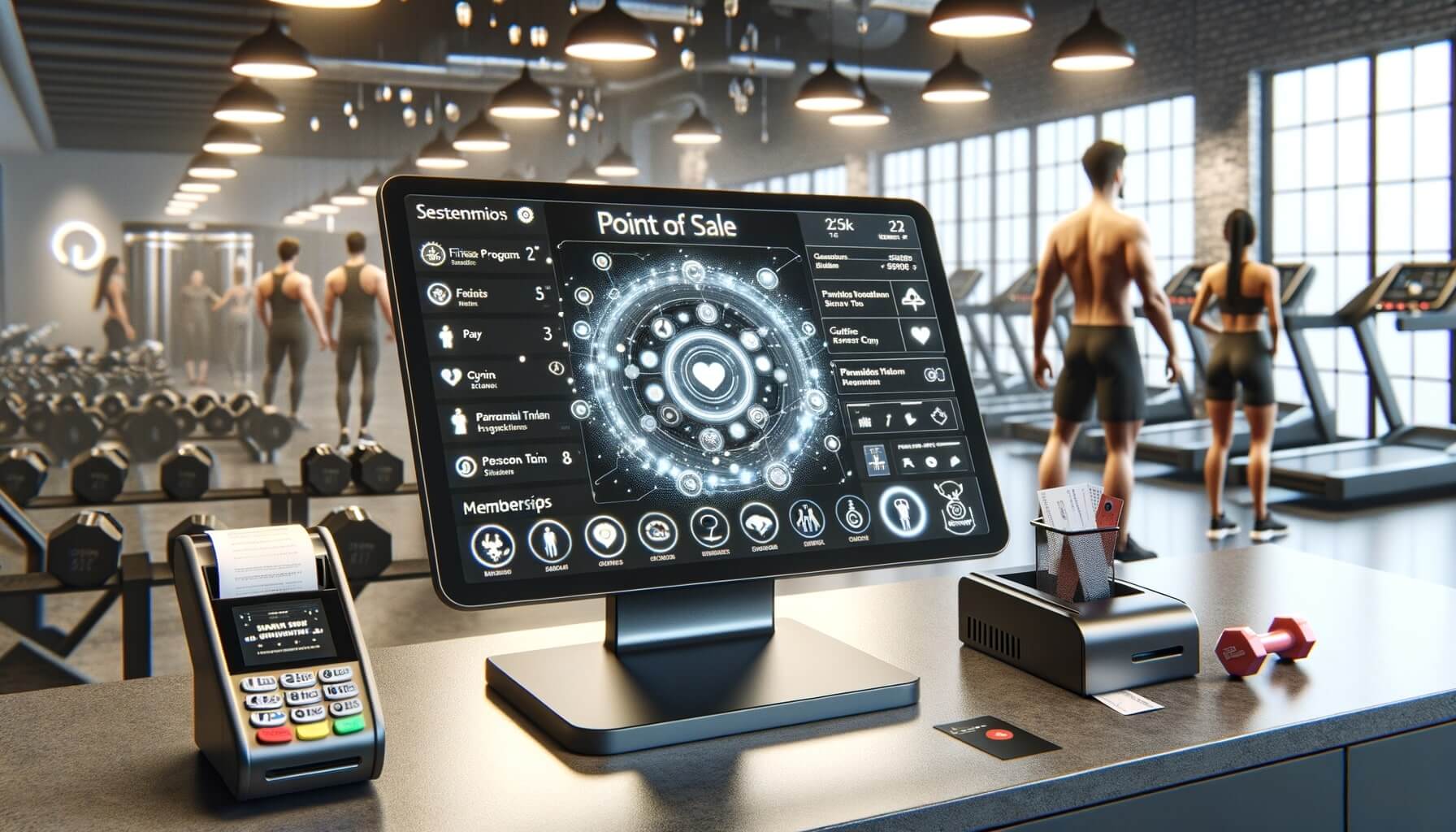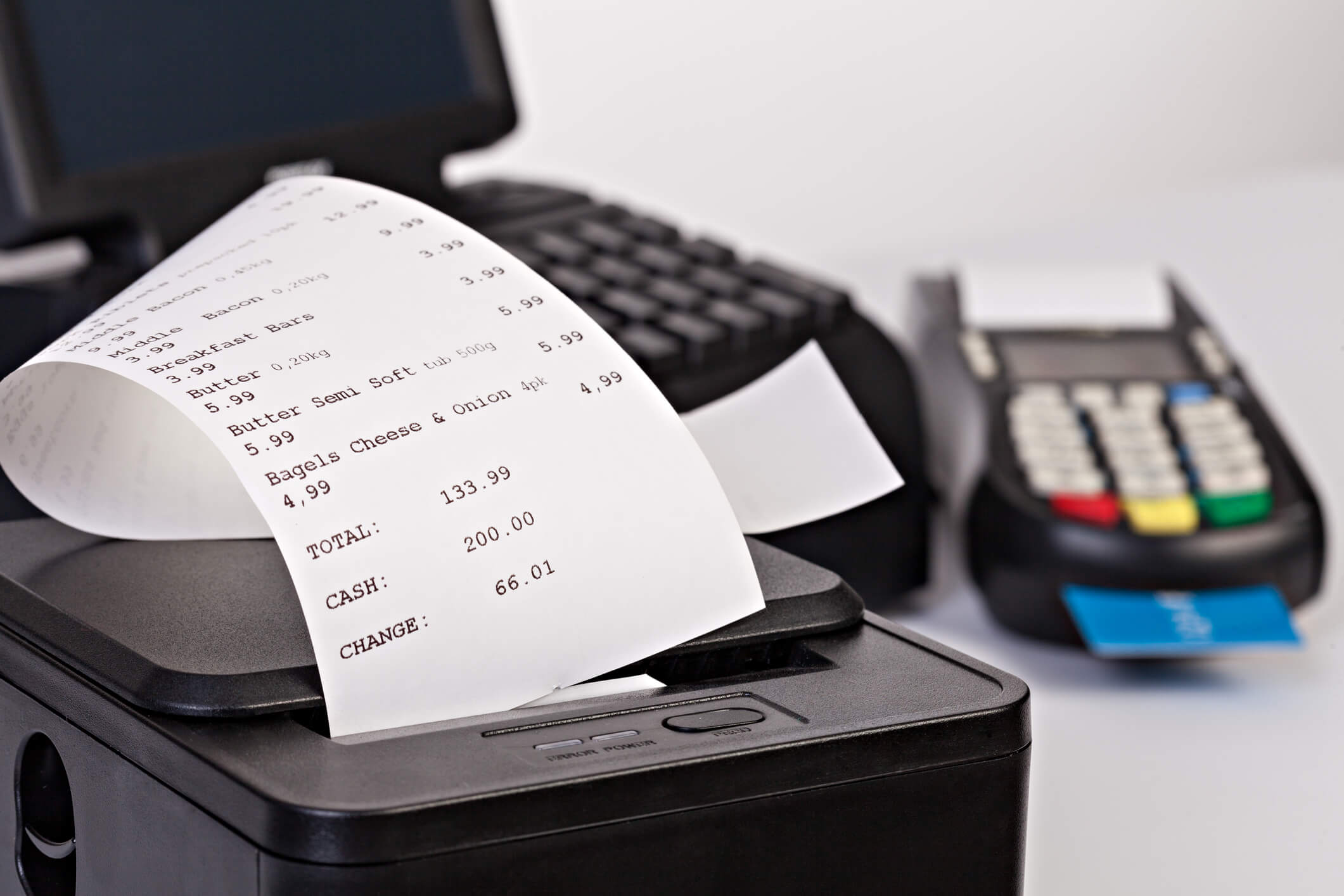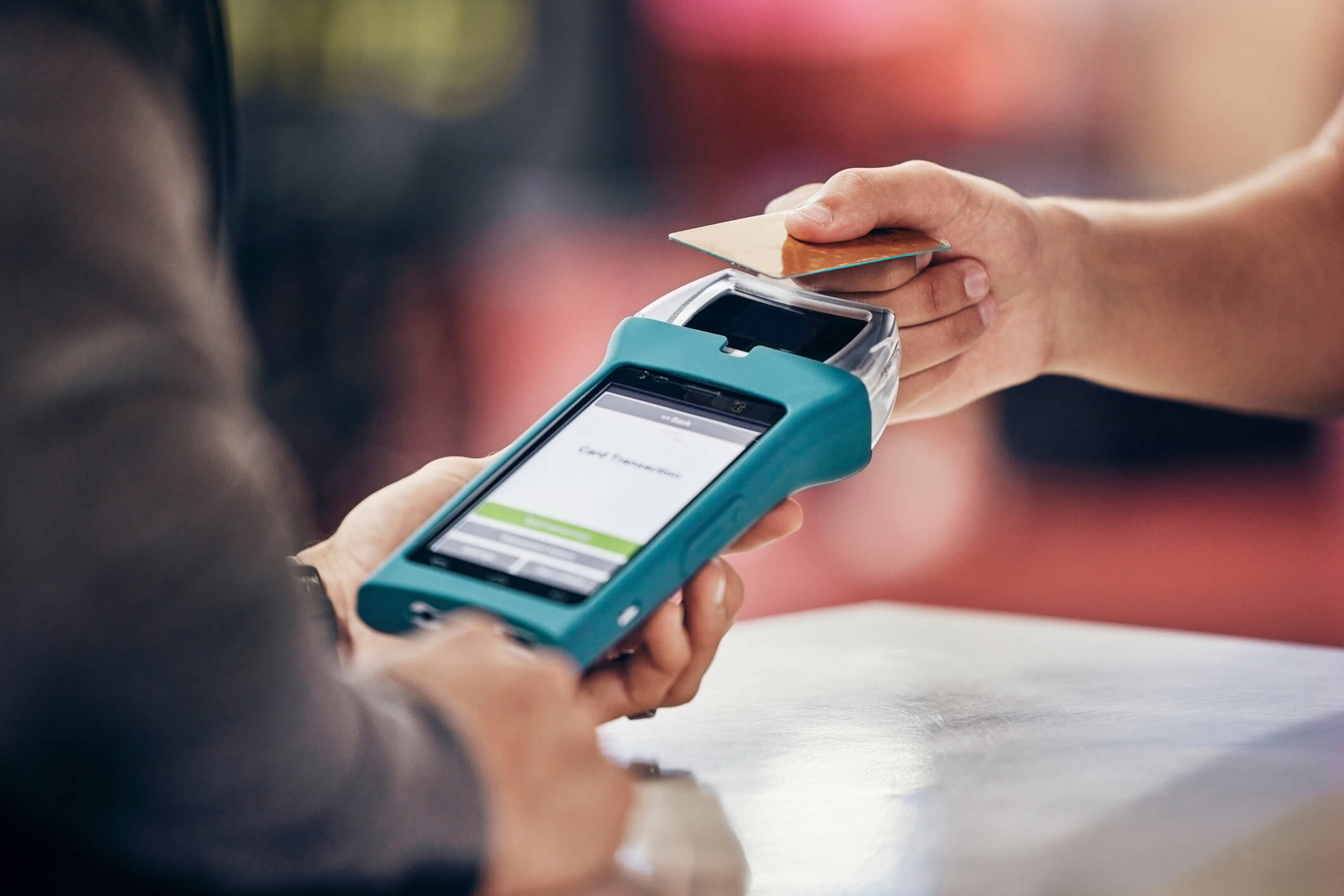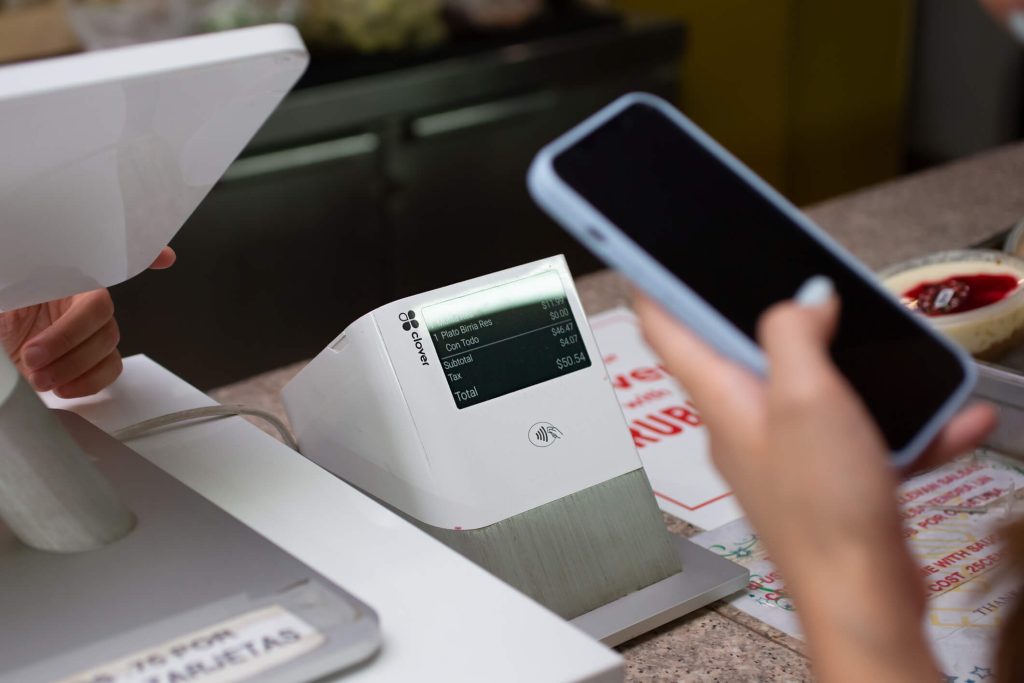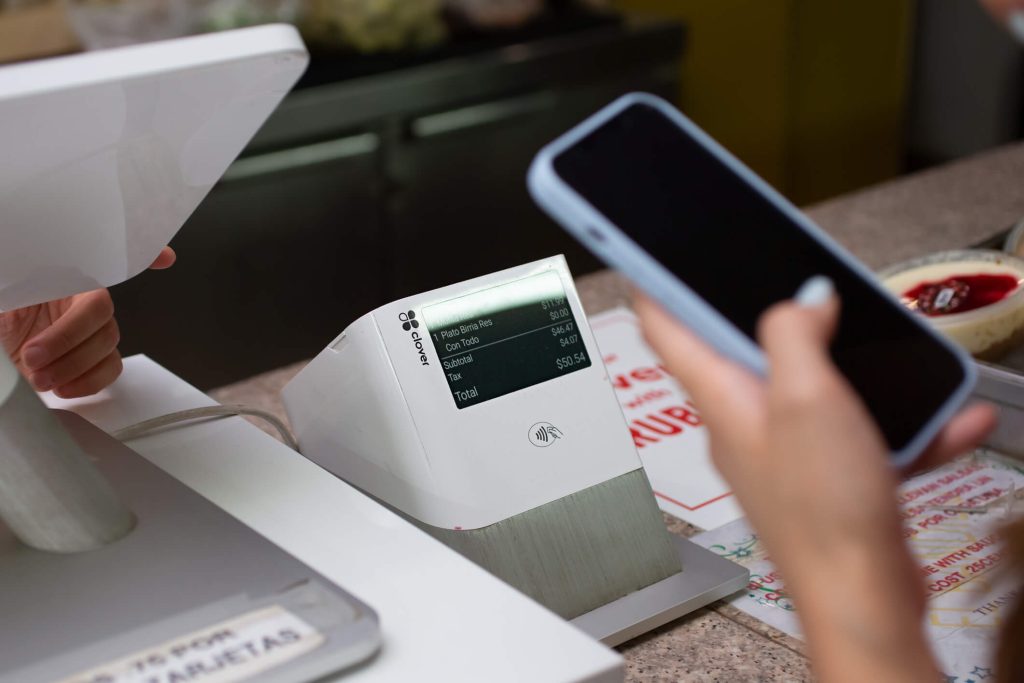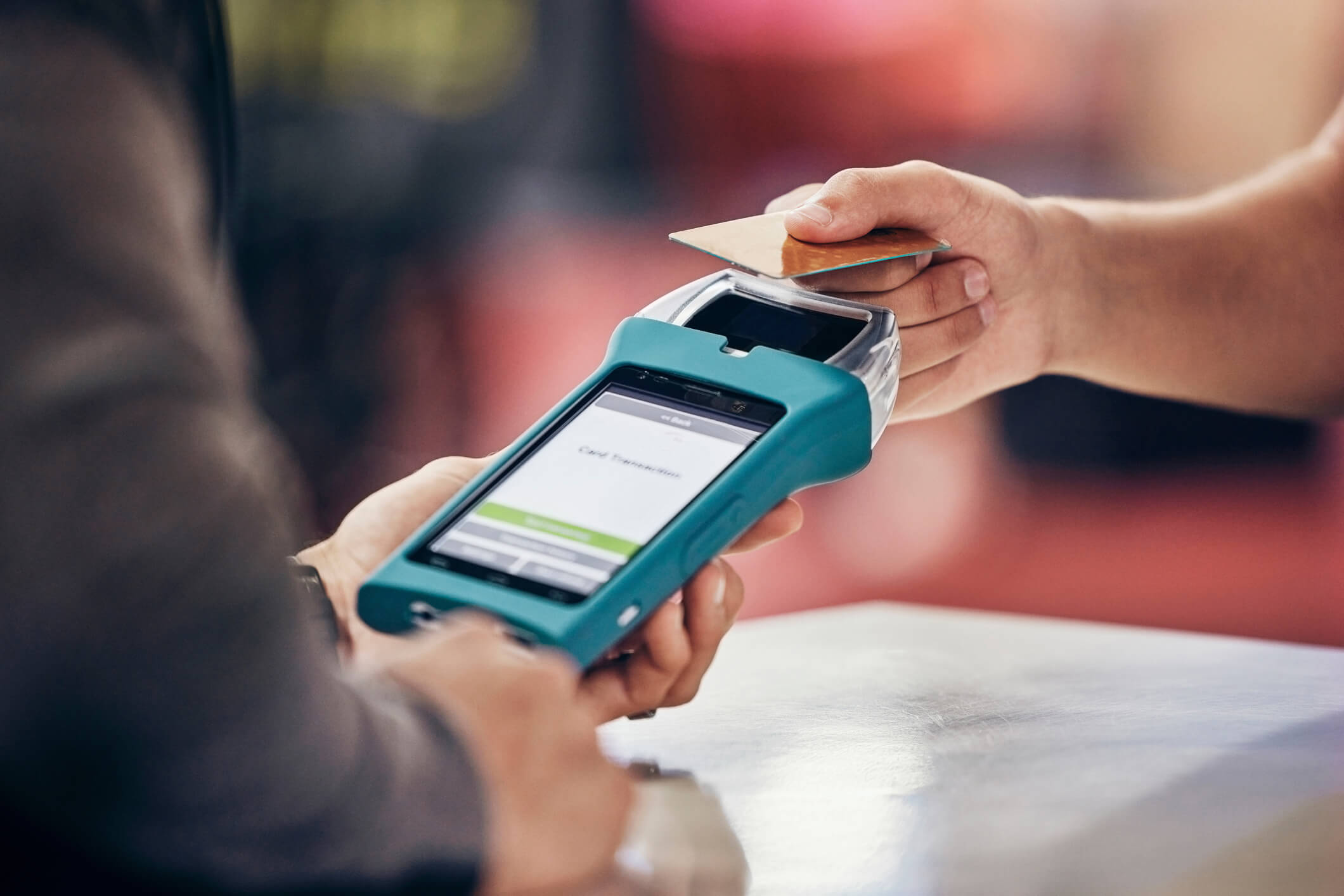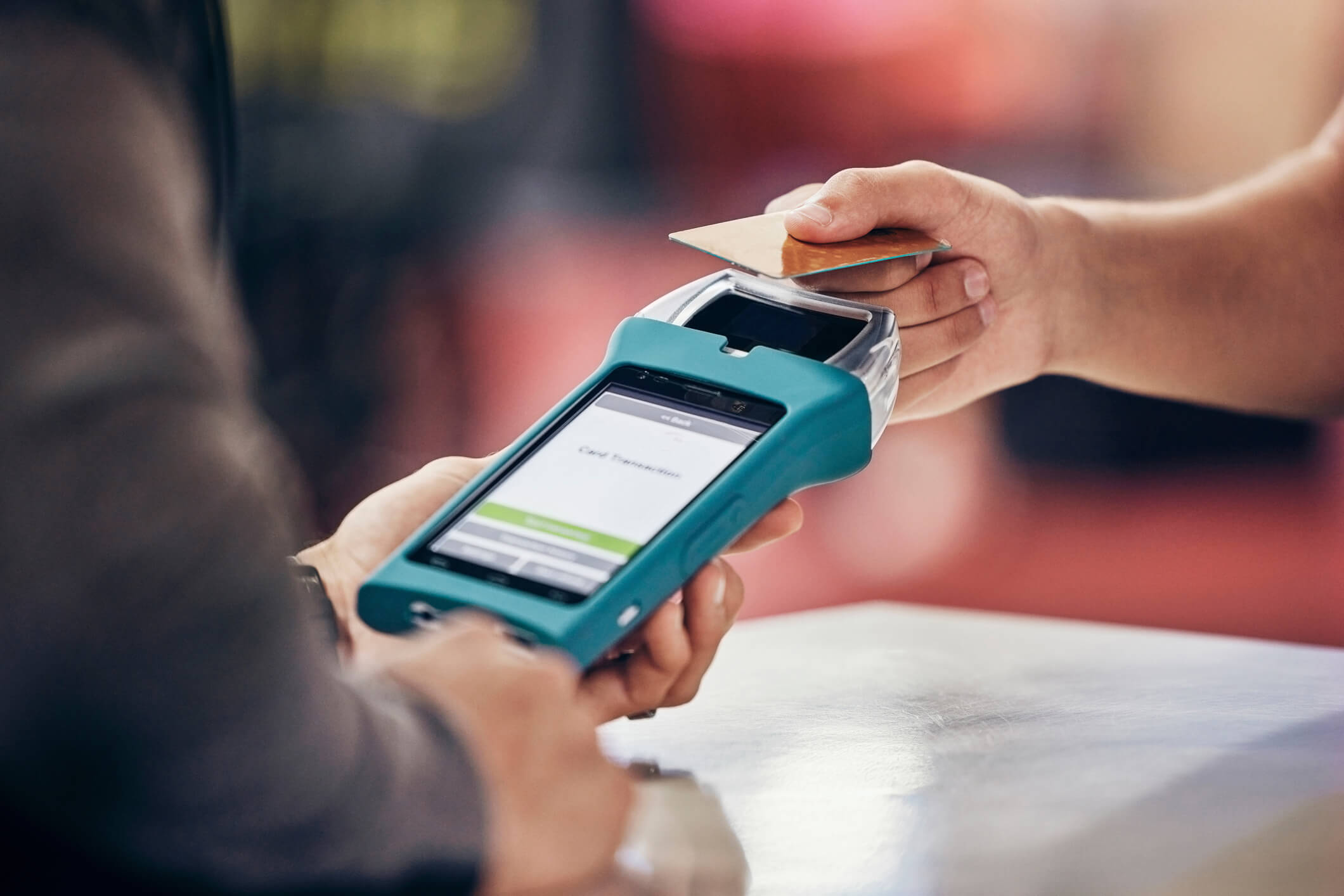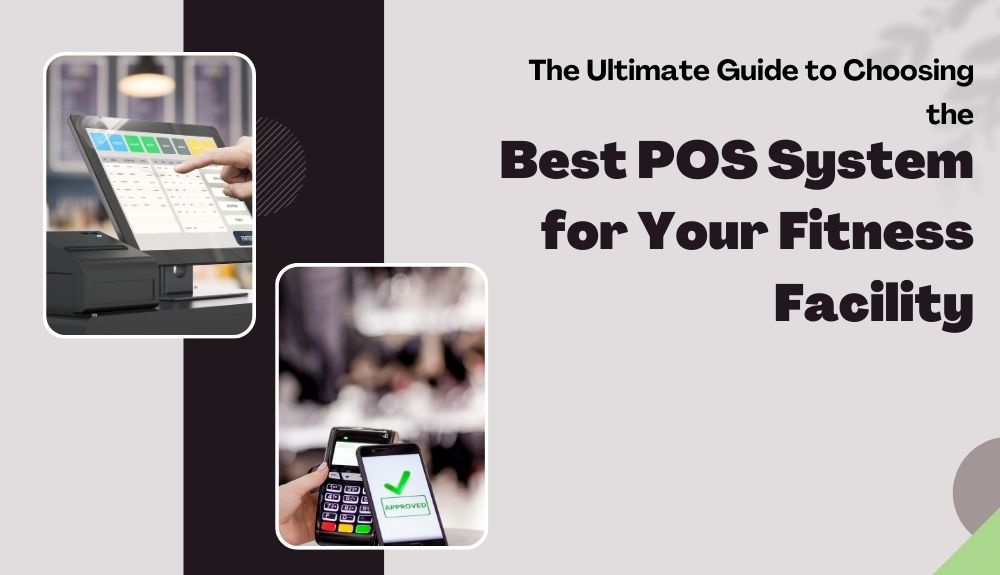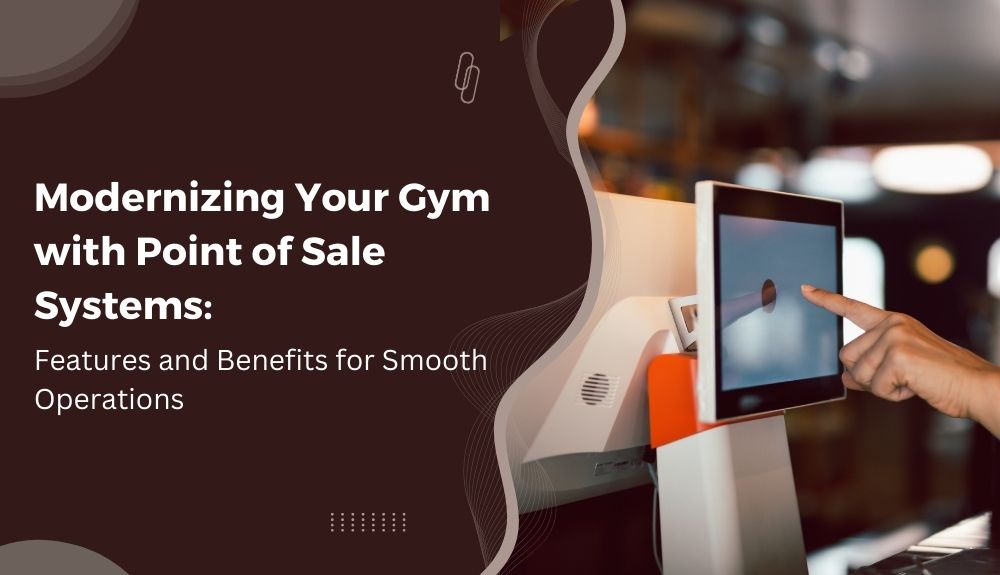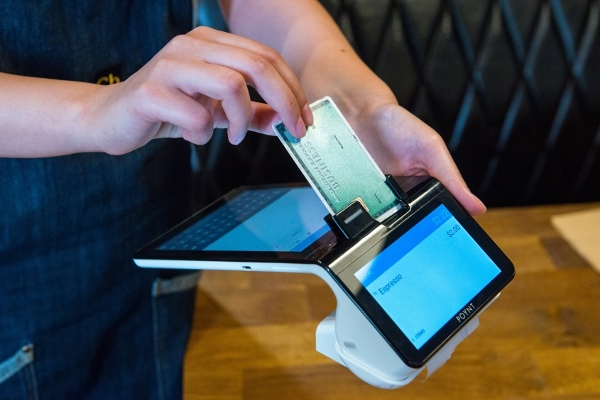In today's fast-paced world, technology plays a crucial role in the success of businesses across various industries, including the fitness industry. As a gym owner or manager, it is essential to stay up-to-date with the latest technological advancements to streamline your operations and enhance the overall customer experience. One such...
What a Modern Gym POS System Looks Like
In today's fast-paced and technology-driven world, businesses of all types are relying on modern point-of-sale (POS) systems to streamline their operations and enhance customer experience. The fitness industry is no exception, with gyms and fitness centers recognizing the need for a robust and efficient POS system to manage their daily...
The Benefits of Cloud-Based POS Systems for Fitness Studios
In today's digital age, technology has revolutionized the way businesses operate, and fitness studios are no exception. One of the most significant advancements in the fitness industry is the adoption of cloud-based point-of-sale (POS) systems. These systems offer numerous benefits that can greatly enhance the efficiency, member experience, and overall...
Choosing the Right POS Hardware for Your Fitness Business
In today's fast-paced world, running a fitness business requires more than just providing quality workouts and excellent customer service. It also involves efficient management of various aspects, including sales, inventory, and customer data. This is where a Point of Sale (POS) system comes into play. A POS system is a...
The Role of POS Systems in Gym Operations Management
In today's fast-paced world, the fitness industry has witnessed a significant boom, with more and more people becoming health-conscious and joining gyms. With this surge in gym memberships, it has become crucial for gym owners and managers to efficiently manage their operations to ensure smooth functioning and member satisfaction. One...
Top POS Systems for Fitness Studios: A Detailed Guide
In today's fast-paced world, fitness studios are becoming increasingly popular as people strive to lead healthier lifestyles. With the rise in demand for fitness classes and memberships, it is crucial for fitness studio owners to have efficient and effective systems in place to manage their operations. One such system that...
Top Advantages of Using Clover POS in Gyms
In today's fast-paced world, technology plays a crucial role in transforming various industries, and the fitness industry is no exception. Gym owners and managers are constantly on the lookout for innovative solutions that can streamline operations, enhance member experience, and boost revenue. One such solution that has gained immense popularity...
A Guide to Clover Station Troubleshooting
Clover Station is a popular point-of-sale (POS) system used by businesses of all sizes to streamline their operations and enhance customer experiences. However, like any technology, it is not immune to issues and glitches. In this comprehensive guide, we will delve into the world of Clover Station troubleshooting, providing you...
How to Integrate POS Systems with Fitness Management Software
Integrating POS systems with fitness management software is a strategic move for gym owners looking to streamline operations and enhance the member experience. This integration allows for a seamless connection between sales transactions and member management, providing a holistic view of business operations and improved data accuracy. Here’s a step-by-step...
Top POS Options for Gym Businesses
In today's competitive fitness industry, gym owners need to stay ahead of the game by implementing efficient and reliable point of sale (POS) systems. A POS system is a crucial tool that enables gym businesses to streamline their operations, manage memberships, process payments, track inventory, and enhance customer experience. With...
The Ultimate Guide to Choosing the Best POS System for Your Fitness Facility
Are you a fitness facility owner looking to streamline your operations and enhance the customer experience? Choosing the right POS system is crucial for the success of your gym, but with so many options on the market, where do you start? Introducing "The Ultimate Guide to Choosing the Best POS...
Modernizing Your Gym with Point of Sale Systems: Features and Benefits for Smooth Operations
Welcome to the era of modernization, where technology reigns supreme in every aspect of our lives - even at the gym! Gone are the days of manually tracking memberships and fumbling with paper waivers. It's time to step up your game and embrace the power of Point of Sale (POS)...
Find the Best Payment Processing Solutions for Fitness Businesses
Are you a fitness business owner searching for the best payment processing solutions to streamline your financial operations and enhance customer experience? Look no further! In this blog, we will explore the world of fitness merchant services and guide you through the best payment processing software tailored specifically for gyms...
Top Gym Management Systems and POS Systems for Gyms
Are you tired of dealing with lots of paperwork and complicated systems to manage memberships, billing, and booking personal training sessions at your gym? Well, we have some great news for you! There are special software systems designed to help gyms run smoothly and efficiently. They can handle tasks like...
What is a Mobile Point of Sale System?
A Mobile Point of Sale (mPOS) system is essentially a mini point-of-sale system that you can carry around with you. These types of systems are more flexible than traditional systems because they're not attached to one stationary location, hence the name "mobile POS". Typically, mPOS devices consist of tablet PCs...
What is a POS System?
From the time of the barter system, people have been exchanging goods and services for currency. However, as commerce evolved, trading in coins or currency notes proved to be inconvenient. Merchants needed a more efficient system that could allow them to track inventory quickly and accurately. This is when Point...
